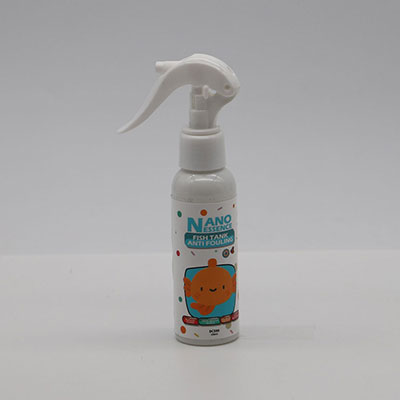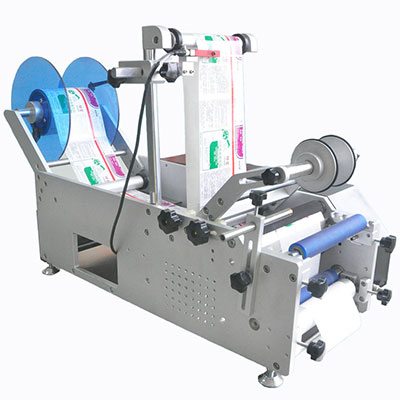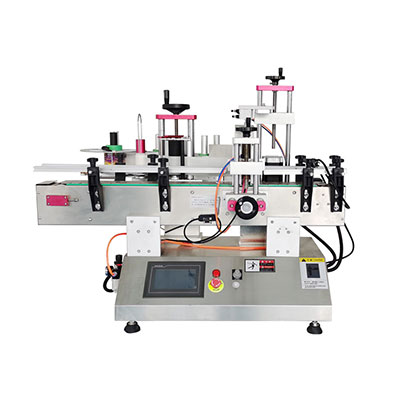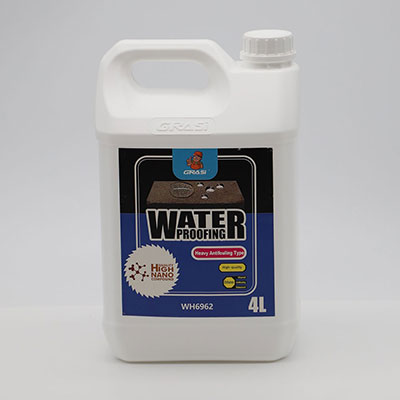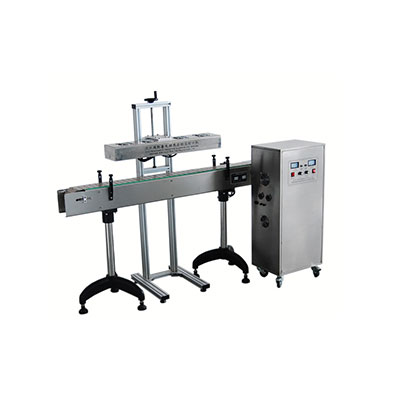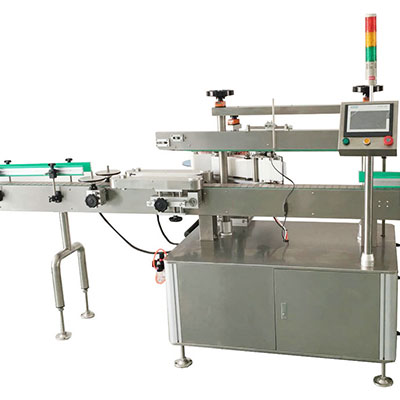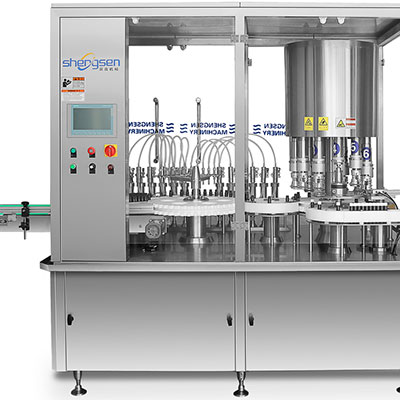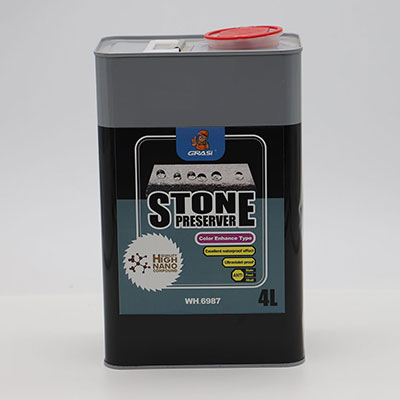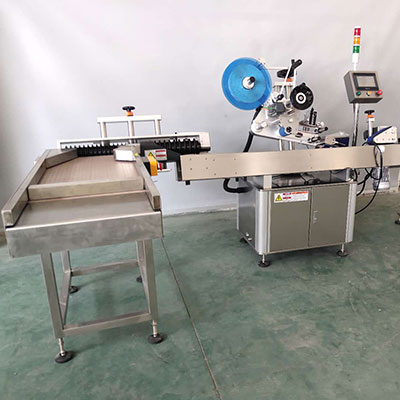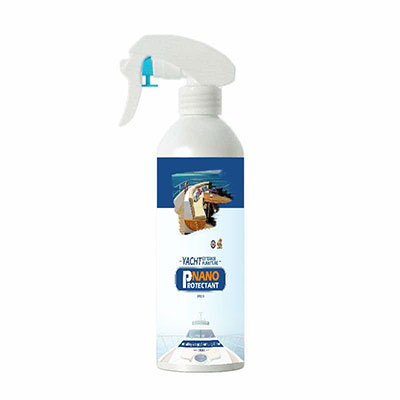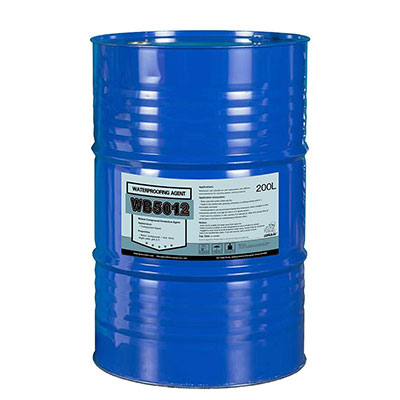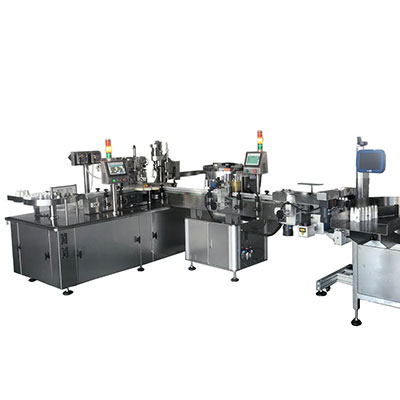Carbon Steel Flange
Description
The carbon steel flange can be used on pipe ends as a connection fitting, and can also be used for pressure vessels. We can offer this type of product made using casting or die forging technology. According to pipe and flange connection method, this type of pipe fitting is classified into thread connection and welded connection variants. The connection and disconnection are both simple.
The connection between carbon steel flanges is typically achieved through bolts. With holes on surface, two products can be fastened together using bolts and nuts. A gasket is usually placed between them to ensure great sealing performance. While fastening, the gasket bears increasing specific pressure which finally causes gasket deformation. Thus, the sealing is achieved as the deformed gasket effectively fills the concaves on the connection surfaces.
According to construction structure, the product can be classified into the integral, lap joint, and threaded types. Commonly used integral ones fall into slip on flange and welding neck flange. The former is applicable for connection of pipes or vessels with working pressure no more than 4Mpa. The latter, also known as the hubbed flange, has higher rigidity than the former. Hence, it is suitable for connection purpose under high pressure conditions.
Custom Properties
1. Product types: Weld neck flange, slips on weld flange, blind flange, threaded flange, lap joint flange and socket weld flange made of carbon steel
2. Size: 1/2"-72"
3. Thickness: SCH20-XXS
4. Industrial process: die forging, machining.
5. Qualification: ISO9001, CE
6. Surface treatment: black paint, varnish, or antirust oil coated
7. Packing: wooden cases, wooden pallets
8. Standard:
Ⅰ. ANSI B16.5 class150, class 300, class 600, class 900, class 1500
Ⅱ. JIS 5K, 10K, 16K, 20K (PL, SO, BL)
Ⅲ. DIN2573, 2572, 2631, 2576, 2632, 2633, 2543, 2634, 2545 (PL, SO, WN, BL, TH)
Ⅳ. HG20592-97 (HG20593-97-HG20614-97)
Ⅴ. HG20615-97 (HG20616-97-HG20635-97)
Ⅵ. HG5010-52-HG5028-58, HGJ44-91-HGJ65-91
Ⅶ. JB81-59-JB86-59, JB/T79-94-JB/T86-94
Ⅷ. GB9112-88(GB9113*1-88-GB9123*36-88)
Ⅸ. JB1157-82-JB1160-82, JB4700-2000-JB4707-2000
Ⅹ. GOST 12820-80, GOST 12821-80
9. Material:
Carbon steel: ASTM A105,20#, Q235,16Mn, ASTM A350 LF1, LF2 CL1/CL2, LF3 CL1/CL2, ASTM A694 F42, F46, F48, F50, F52, F56, F60, F65, F70
In addition to carbon steel flanges, we can also offer products made using following types of materials.
(1) Stainless steel: ASTM A182 F304,304L, F316, 316L, 1Cr18Ni9Ti, 0Cr18Ni9Ti, 321, 18-8
(2) Alloy steel: ASTM A182 F1, F5a, F9, F11, F12, F22, F91, A182F12, A182F11, 16MnR, Cr5Mo, 12Cr1MoV, 15CrMo, 12Cr2Mo1, A335P22, St45.8/Ⅲ, 35CrMoV, 45CrMo, etc.10. Application: The product can be used in many industries involving petroleum, natural gas, chemical, shipbuilding, decoration, heating supply, papermaking, metallurgy, and power generation.
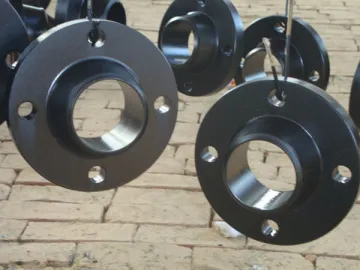
Advantages
1. Minhai has been focused on the production and development of carbon steel flange. Our export capacity is up to 300 tons per month. The product gains access to more than 30 countries, such as Korea, Russia,Ukraine, Egypt, Chile,Morocco and Malaysia.
2. Being adjacent to the port, we enjoy an economical and convenient transportation. Meanwhile, our products are available at competitive prices. What is more, as a professional pipe fittings exporter based in China, we have vast experience in foreign trade and can offer all related documents on custom clearance according to your demands.
Differences between the forged and the cast products
Manufacturing Technique
1. The forged flange is formed by extruding at high temperature. In such a method, the crystalline grains get refined. By hammering, the metal in shapeable state gets its physical property changed and thus can be processed into work pieces with desired shape and dimension.
2. The cast flange is made by heating the metal to liquid state, and then the liquid metal is filled into a mould. After cooling, the desire product is formed. However, such manner will lead to pores in the product.
Properties
1. During forging process, forging and pressing equipment is utilized to cause the plastic deformation of the billets or ingoting materials, so as to attain desired shape, dimension, and property. Forged product has compact and densified structure.
2. As for the cast product, it takes shape by cooling the liquid metal in the mould. So the structure is less compact and porous, and cannot be used for vital sites.
Pressure Resistance
1. During forging, the parts undergo high temperature and hammering. This makes sure the forged parts have superior pressure resistance.
2. The cast parts are formed by smelting and molding, and have lower pressure bearing capacity than forged ones.
Cost
1. Owing to more complex manufacture technique and better pressure resistance, the forged products cost relatively higher.
2. The cast counterpart is more affordable due to its relatively simpler production progress and ordinary performance in pressure resistance.
Minhai is a professional supplier and exporter for many kinds of flange fittings with good quality and standard thickness. We look forward to working with you.
Related Names
Pipe Flange | Blind Flange | Forged Steel Flanges
Links:https://globefindpro.com/products/81501.html
-
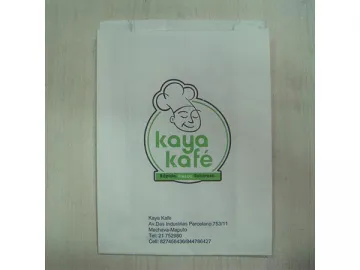 Greaseproof Paper Bag
Greaseproof Paper Bag
-
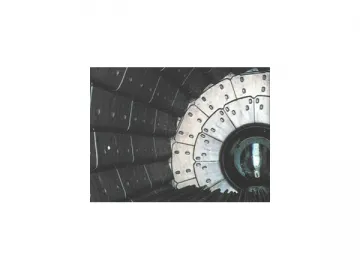 Steel Grinding Rod
Steel Grinding Rod
-
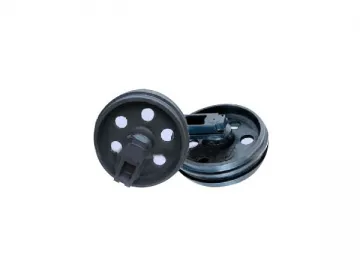 Idler Roller
Idler Roller
-
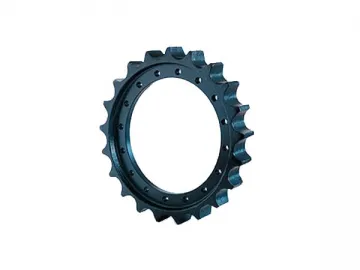 Sprocket
Sprocket
-
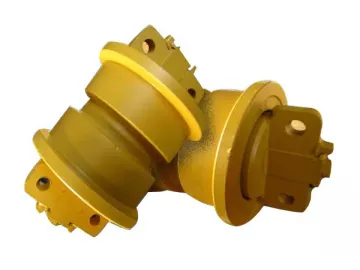 Track Roller
Track Roller
-
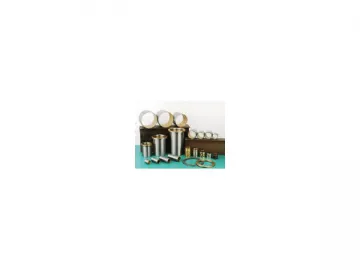 Copper Bushing
Copper Bushing
-
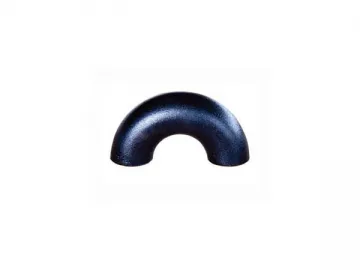 Carbon Steel 180 Degree Long Radius Elbow
Carbon Steel 180 Degree Long Radius Elbow
-
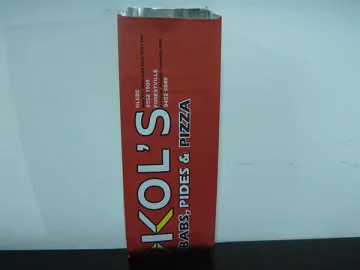 Paper Bag with Aluminium Foil Inside
Paper Bag with Aluminium Foil Inside
-
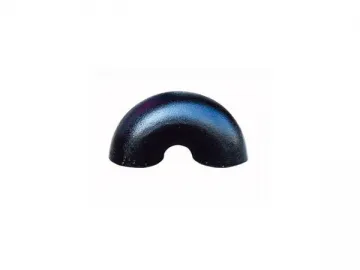 Carbon Steel 180 Degree Short Radius Elbow
Carbon Steel 180 Degree Short Radius Elbow
-
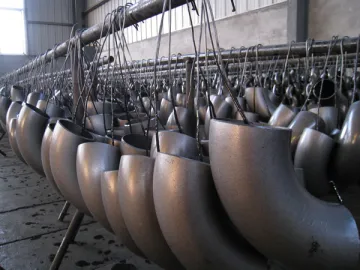 Carbon Steel 90 Degree Long Radius Elbow
Carbon Steel 90 Degree Long Radius Elbow
-
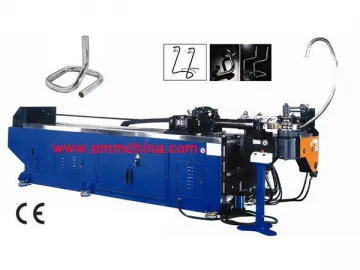 CNC Pipe Push Bending Machine
CNC Pipe Push Bending Machine
-
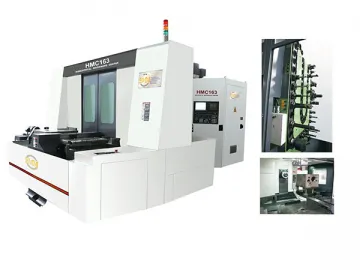 Horizontal Machining Center
Horizontal Machining Center
